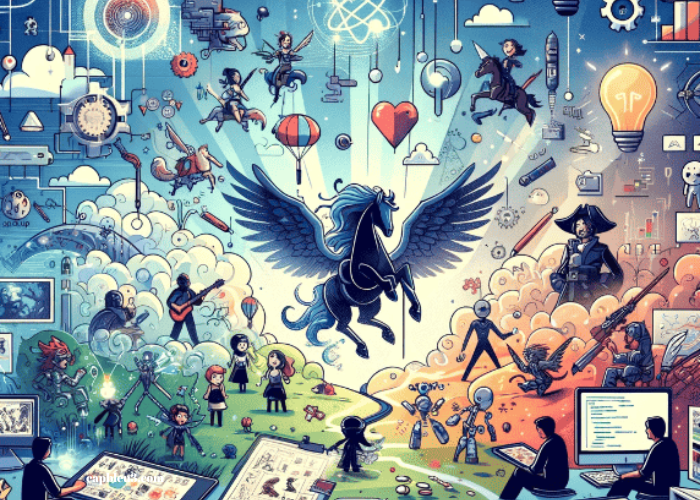
In the vast realm of entertainment, video games stand out as a unique medium that not only entertains but also immerses players in captivating experiences. At the heart of this phenomenon lies the art of game design, a craft that blends creativity, technology, and psychology to craft worlds that players want to inhabit.
Understanding Player Psychology
Emotional Engagement
Games have the power to evoke a wide range of emotions, from exhilaration to fear, joy to sadness. Successful game design taps into these emotions, creating experiences that resonate deeply with players.
Cognitive Challenges
Beyond emotions, link pay4d games also challenge players cognitively, offering puzzles to solve, strategies to employ, and decisions to make. These cognitive challenges keep players engaged and invested in the game world.
Elements of Immersive Game Design
Storytelling and Narrative
Compelling narratives draw players into the game world, giving them a reason to care about the characters and the outcome of their journey.
Visual and Audio Design
Visually stunning graphics and immersive soundscapes enhance the player experience, transporting them to fantastical realms or gritty dystopias.
Interactivity and Player Agency
Giving players meaningful choices and agency within the game world fosters a sense of ownership and investment in their journey.
Creating Emotional Connections
Characters and World-Building
Well-developed characters and richly detailed worlds create a sense of immersion, allowing players to form emotional connections with the game universe.
Empathy and Relatability
Games that tap into universal themes and emotions allow players to empathize with the struggles and triumphs of the characters, forging deeper emotional connections.
Balancing Challenge and Reward
Flow Theory
Maintaining the delicate balance between challenge and skill keeps players in a state of flow, fully engaged in the gaming experience.
Progression and Pacing
Gradually increasing challenges and rewarding progress keep players motivated and invested in the game.
Player Feedback and Iteration
Playtesting and User Feedback
Gathering feedback from players through playtesting allows designers to identify areas for improvement and refine the gaming experience.
Iterative Design Process
The iterative nature of game design ensures that each iteration brings the game closer to perfection, with constant tweaks and adjustments based on player feedback.
Incorporating Innovation and Creativity
Breaking Conventions
Pushing the boundaries of traditional game design allows for innovative mechanics and gameplay experiences that captivate players.
Unique Mechanics and Features
Introducing novel mechanics and features sets games apart, offering players something they’ve never seen or experienced before.
The Impact of Immersive Experiences
Player Retention and Engagement
Immersive experiences keep players coming back for more, leading to increased player retention and engagement over time.
Building a Loyal Fanbase
Games that prioritize immersion and player engagement foster loyal fan communities, who eagerly await each new release and advocate for the game.
Challenges in Game Design
Technical Constraints
Navigating the technical limitations of hardware and software can pose challenges for game designers, requiring creative solutions to achieve their vision.
Market Saturation
With thousands of slot demo games released each year, standing out in a crowded market requires unique ideas and flawless execution.
Future Trends in Game Design
Virtual Reality and Augmented Reality
The rise of VR and AR technology opens up new possibilities for immersive gaming experiences, allowing players to step into the game world like never before.
Artificial Intelligence Integration
Advancements in AI technology enable more dynamic and responsive game worlds, where NPCs behave intelligently and adapt to player actions.
Conclusion
The art of game design is a multifaceted endeavor that blends creativity, technology, and psychology to craft immersive experiences that captivate players. By understanding player psychology, incorporating innovative mechanics, and embracing emerging technologies, game designers can create worlds that players never want to leave.